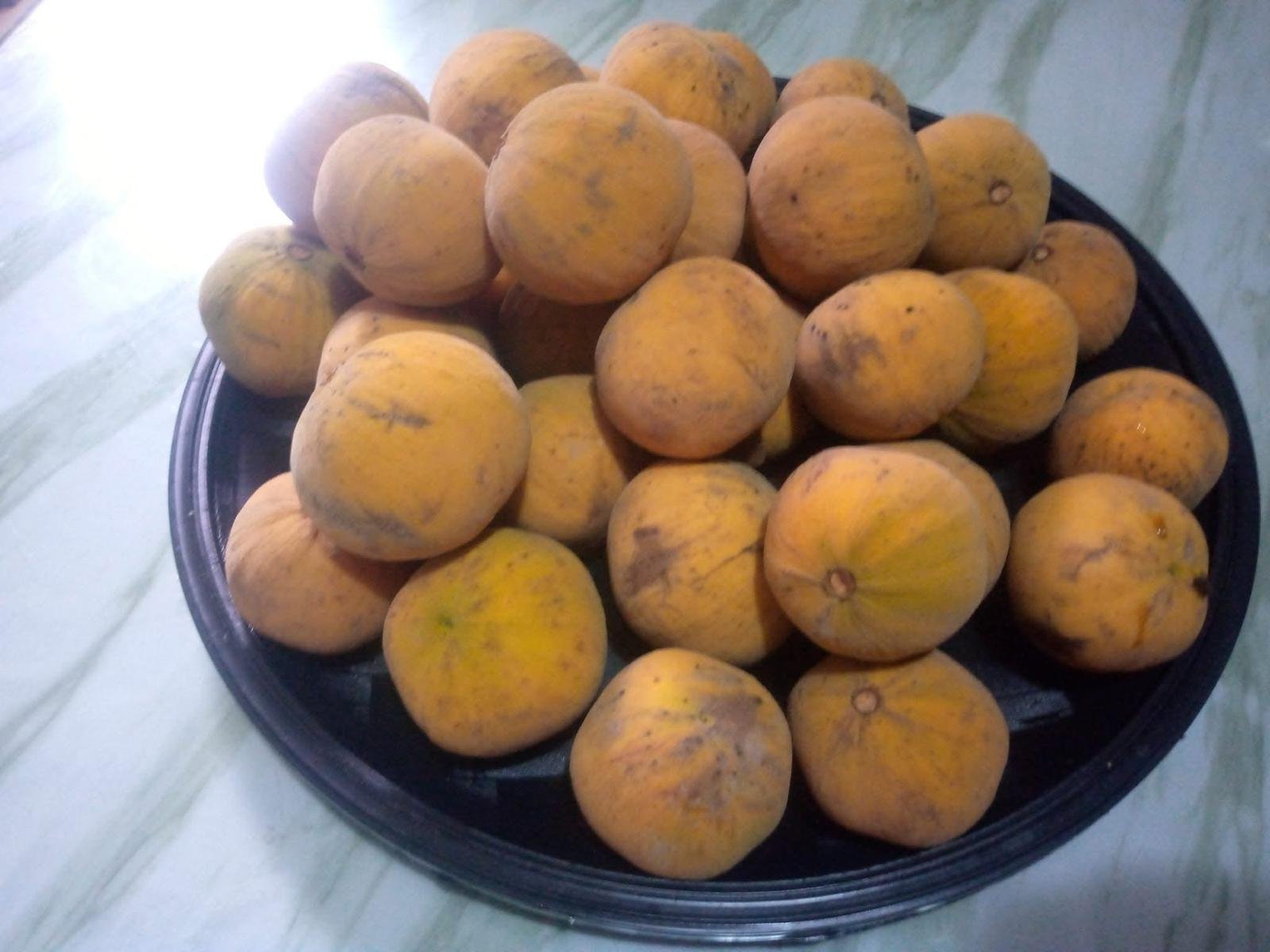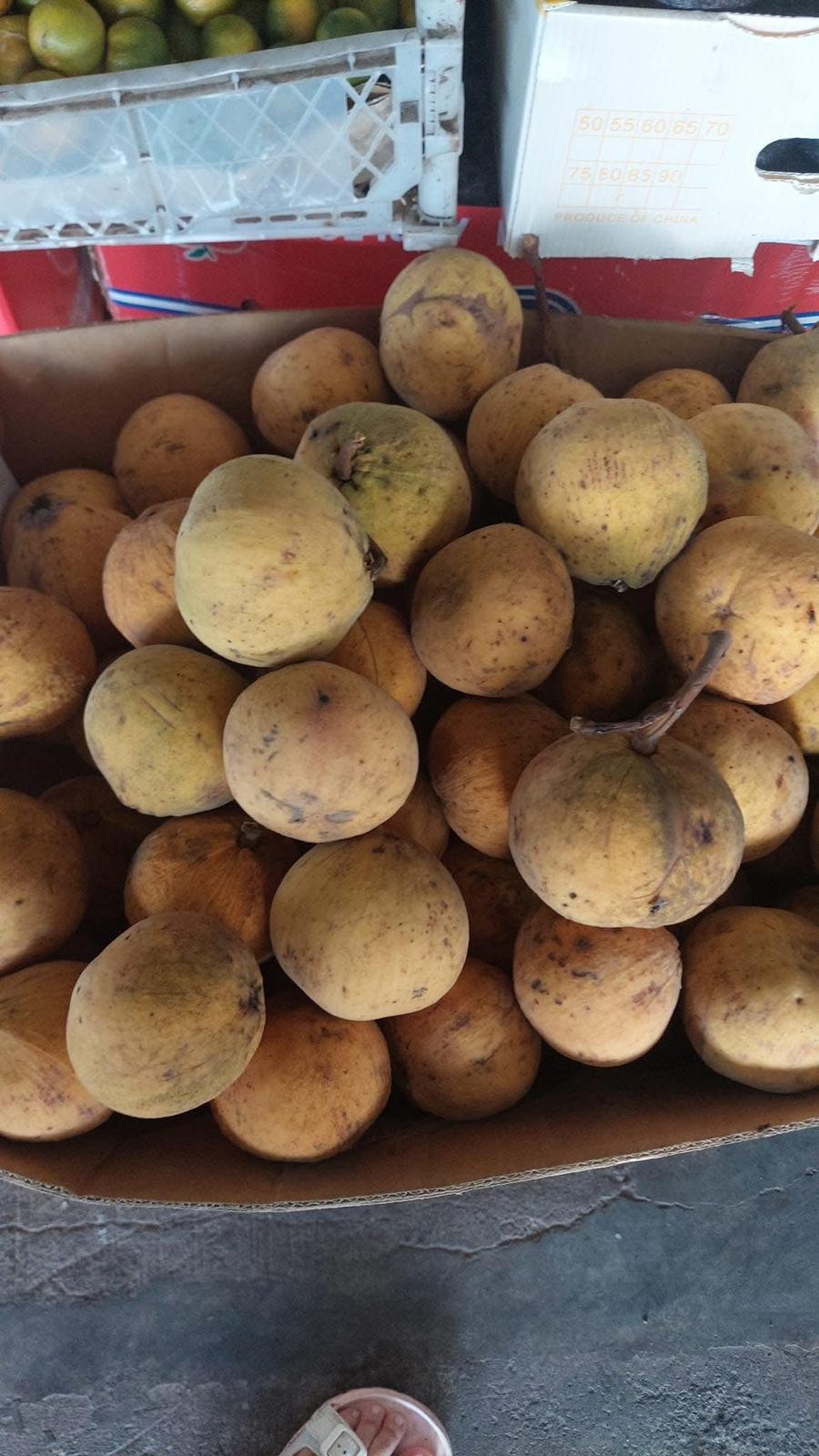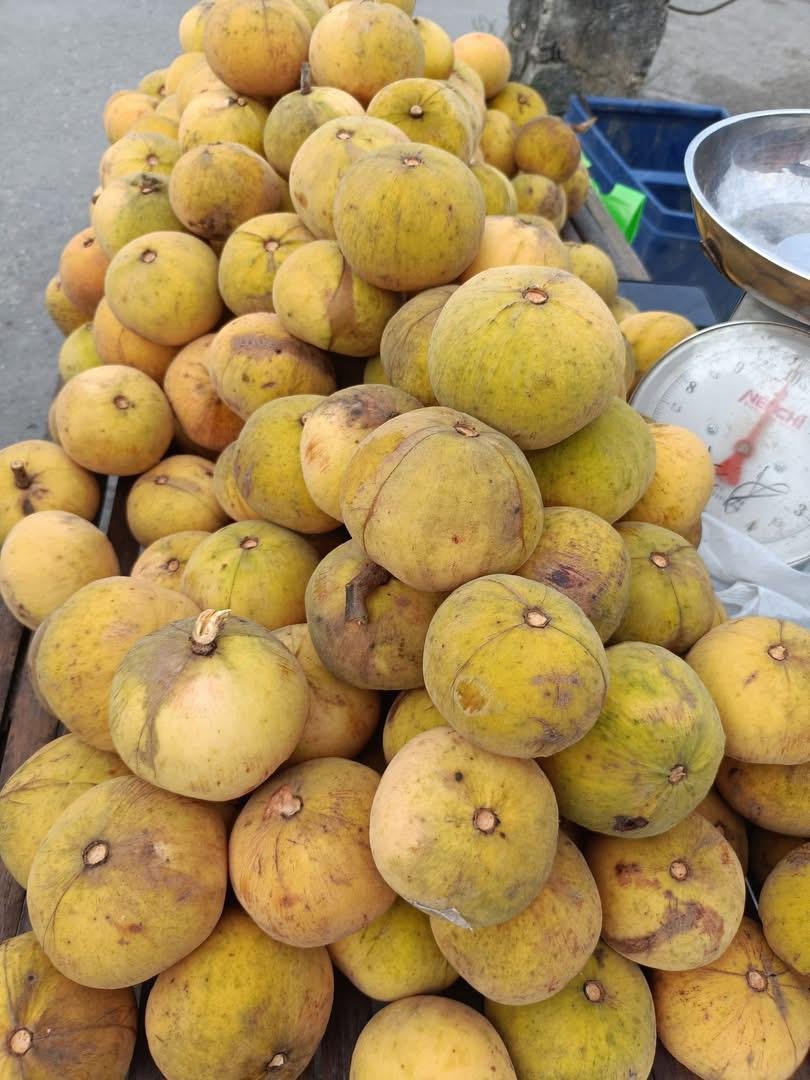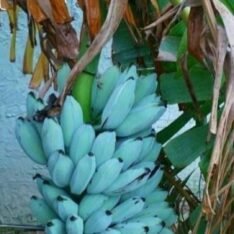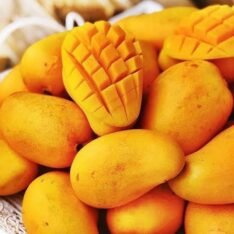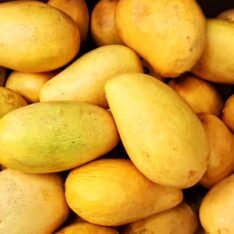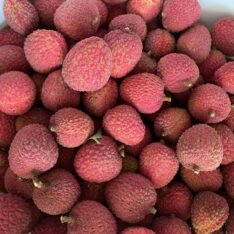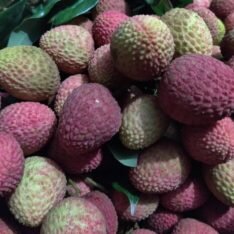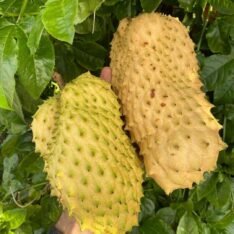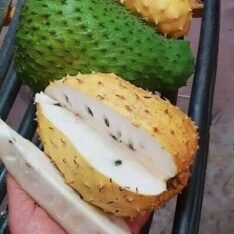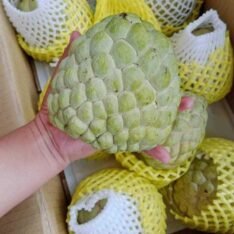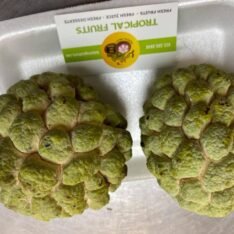Buy Santol Fruit Box USA | Cotton Fruit | Tropical Fruits Delivery
Have you ever bitten into a fruit that delivers a delightful dance of sweetness and tanginess, its texture reminiscent of soft, fluffy cotton? Allow me to introduce you to santol, often affectionately referred to as “cotton fruit”—Southeast Asia’s hidden treasure! This tropical wonder is a flavor explosion, encased in a knobby, golden rind that glistens in the sunlight. But santol is far more than just a quirky name; it boasts a wealth of nutrients, holds a fascinating history, and showcases remarkable versatility in the kitchen.
Join us as we uncover the layers of this enchanting fruit, tracing its ancient origins to contemporary culinary delights, and discover where to find this exotic treat in the USA.
Historical Review of Cotton Fruit: From Jungle to Global Treasure
Firstly, Santol (Sandoricum koetjape) has thrived for centuries in the rainforests of Indonesia, Malaysia, and the Philippines, where it’s revered as a symbol of abundance. Early records suggest Malay traders carried it across the tropics, embedding it in local medicine and folklore. In Thailand, it was dubbed “graton” (golden fruit), while Filipinos used its bark for digestive tonics. By the 19th century, Spanish colonizers introduced santol to Latin America, cementing its status as a global wanderer. Today, it’s a backyard staple from Sri Lanka to Puerto Rico.
Santol 101: What Makes This Fruit So Unique?
Picture a small apple with velvety, golden-brown skin. Slice it open, and you’ll find juicy, segmented flesh clinging to seeds—like a citrusy cotton ball! There are two main varieties:
-
Yellow santol: Sweeter, softer pulp.
-
Red santol: Tangier, firmer texture.
Its taste? A zesty dance of mango, peach, and sour apple—perfect for bold palates.
Health Benefits of Santol Fruits: Nature’s Multivitamin
Don’t let its humble look fool you santol is a nutrient powerhouse! Here’s why nutritionists rave about it:
-
Immune Boost: Loaded with vitamin C (1 cup = 35% DV) to fight infections.
-
Gut Health: High fiber content aids digestion and prevents constipation.
-
Antioxidant-Rich: Phenolic compounds combat inflammation and oxidative stress.
-
Mineral Magic: Potassium regulates blood pressure; iron battles anaemia.
Studies even suggest anti-cancer potential in santol leaf extracts!
How Santol Stacks Up: An Exotic Fruit Showdown
Let’s settle the debate: How does santol compare to its tropical cousins? Check out this quick guide:
➥ Santol
-
Taste: Sweet-sour with a citrus-like flavor
-
Texture: Cottony and fibrous; firm pulp
-
Nutrition: Rich in fiber and vitamin C, offering health benefits for digestion and immune support
-
Seed Edibility: Unsafe to eat raw (toxic), should be discarded
➥ Mangosteen
-
Taste: Sweet with a berry-like flavor; delicate and rich
-
Texture: Creamy and custard-like; soft segments
-
Nutrition: Rich in xanthones, a powerful antioxidant; provides health benefits against inflammation and oxidative stress
-
Seed Edibility: Edible if properly cooked or processed
➥ Rambutan
-
Taste: Mildly sweet with a light, floral note; somewhat similar to lychee
-
Texture: Juicy and firm; translucent flesh
-
Nutrition: Moderate amounts of vitamin C; contributes to overall health and well-being
-
Seed Edibility: Unsafe to eat; should be discarded due to potential toxicity
Santol wins for bold flavor and versatility—but mangosteen takes the crown for antioxidants.
Why do people love Santol so much?
In the Philippines, Santol trees are cherished as beautiful additions to home gardens and are frequently seen in bustling cities, where their broad limbs create lovely shaded areas along roadways. The sturdy wood of the Santol tree is perfect for crafting stylish furniture, durable boats, and even playful children’s slingshots. Additionally, various parts of this remarkable tree play a crucial role in Filipino folk medicine, renowned for their remarkable anti-inflammatory properties.
The pulp is preserved and used as an astringent, the leaves are used to help reduce fevers, and the roots are used to help reduce symptoms associated with digestive issues.
Order Santol Fruit Box Near Me USA: Your Tropical Fix, Delivered!
Craving fresh santol? You’re in luck! While it’s rare in supermarkets, specialty vendors ship nationwide:
-
Exotic Fruit Delivery: Offers seasonal santol boxes (3–5 lbs) sourced from Florida groves.
-
Tropical Fruit Box: Ships from California; includes recipe cards!
-
Local Asian Markets: Check H Mart or 99 Ranch for frozen pulp.
Pro Tip: Santol ripens fast! Store in a paper bag with a banana to speed it up, or refrigerate for 3–5 days.
Some Famous Santol Recipes: From Sweet to Savory
Santol’s tangy kick shines in both traditional and modern dishes. Try these crowd-pleasers:
1. Som Tam Santol (Thai Spicy Salad)
Shred unripe santol, toss with lime, fish sauce, chilies, peanuts, and dried shrimp. Boom—a refreshing crunch!
2. Santol & Coconut Jam (Filipino “Dulce”)
Simmer ripe pulp with brown sugar, coconut milk, and pandan leaves for a caramel-like spread.
3. Santol Gin Cocktail
Muddle santol with mint, gin, and soda—tropical happy hour unlocked!
Get inspired by authentic Southeast Asian recipes.
FAQs About Cotton Fruit: Your Burning Questions, Answered!
Let’s tackle top queries with a sprinkle of NLP keywords:
Q: Is Santol safe to eat on a daily basis?
A: Absolutely! Its fiber aids digestion—but avoid seeds (contain mild toxins).
Q: Can I grow a santol tree in Florida or Texas?
*A: Yes! It thrives in USDA zones 10–12. Needs full sun and well-drained soil.*
Q: Why is it called “cotton fruit”?
A: The flesh’s fluffy, cotton-like texture—not to be confused with Gossypium (actual cotton)!
Q: Does Santol help with weight loss?
A: Low calorie + high fiber = a metabolism-friendly snack.
Q: Where to buy santol plants in the USA?
A: Try Abiu Fruit too in Greenhouses for seedlings.
The Future of Santol: Sustainability & Innovation
Farmers from Thailand to Puerto Rico are adopting agroforestry techniques to grow santol sustainably, intercropping with cacao or coffee to boost biodiversity. Meanwhile, food scientists are experimenting with santol probiotic drinks and freeze-dried snacks. As demand grows, this underdog fruit is poised for a global breakthrough!
Final Thought: Why Santol Deserves a Spot in Your Kitchen
Santol isn’t just a fruit; it’s a tropical adventure in every bite. Moreover, whether you’re blending it into smoothies, pickling it for tacos, or savouring it fresh, its vibrant flavour and health perks make it a must-try. Ready to dive in? Order a box, whip up a Som Tam, and join the santol revolution! Buy Santol Fruit Box
“In a world of apples and oranges, be a santol.” 🌴
Additional Information
| QUANTITY | 1 Pound, 5 Pounds Box, 10 Pounds Box, 25 Pounds Box |
|---|



